This winter, say no to buying, selling, and eating Nassau grouper. Let’s give these fellas some time for romance!
Written by Lily Haines
It’s that time of year again… Nassau grouper are having sex.
That’s right. In the name of courtship and mating , Nassau grouper are aggregating in large schools of hundreds to thousands of fish to get their freak on throughout the Caribbean and The Bahamas. These massive gatherings, called Fish Spawning Aggregations (FSAs), happen off predictable deep-water areas between November and March every year, around the winter full moons.
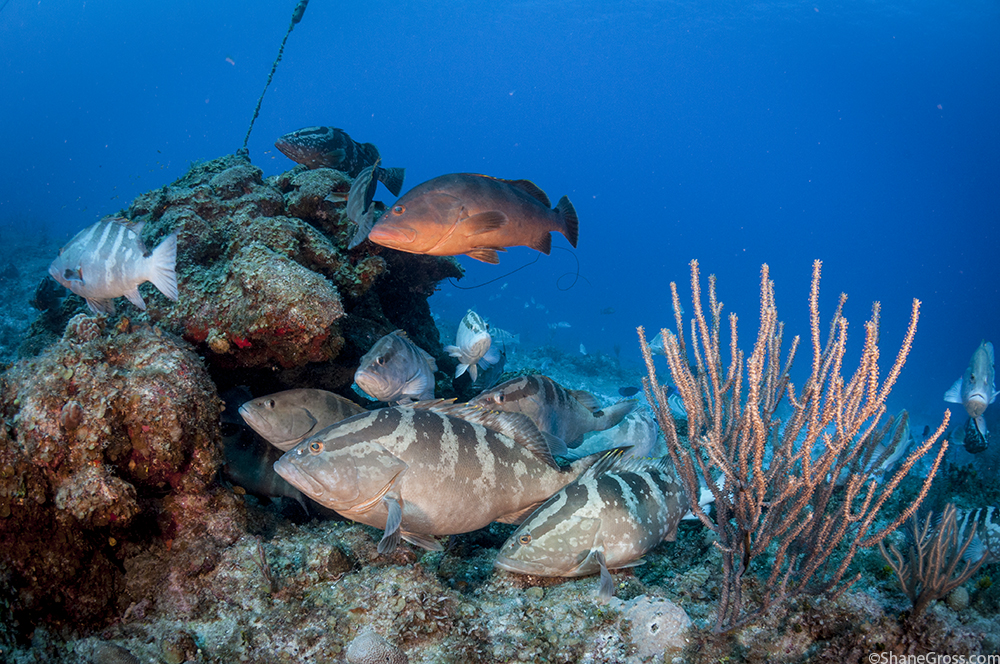
Photo by Shane Gross
Migrating to FSAs where these otherwise solitary fish gather in large numbers to replenish their population numbers is no easy feat for these iconic brown-and-white-striped fish. Indeed, many Nassau groupers travel more than 100 miles from their home reefs to be in the right place, at the right time, to make babies. Oh, the things we do for love.
What happens at a FSA?
Spawning aggregations are undoubtedly one of nature’s rarest and most awe-inspiring extravaganzas. Like a colourful dance, the groupers first transition between three colour phases – bicolour, white belly, and dark. These colour shifts intensify in the afternoon and are thought to convey physiological readiness and willingness to spawn.
As sunset approaches, smaller groups break away from the main spectacle and swim higher up the water column. There, the females release eggs and at the same time, the males release sperm. This synchronistic event is incredible to see and optimizes the chances of fertilization!
Afterwards, the smaller groups descend to re-join the bacchanalia below. All in all, the rendezvous is a relatively short-lived affair; groupers typically begin their homeward migrations after spending just 1-3 days within the FSA.
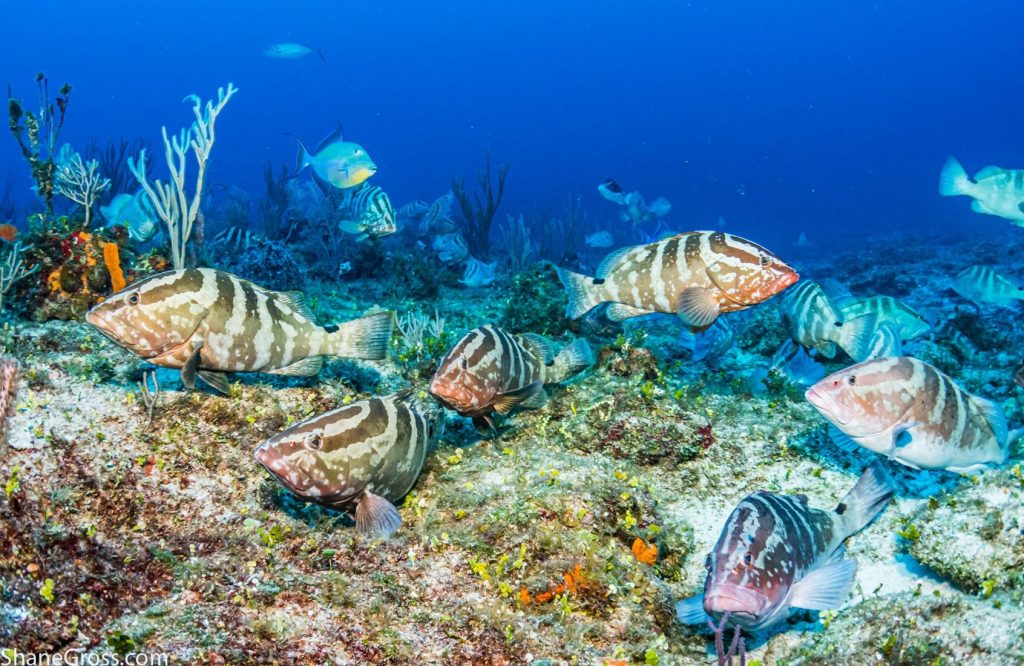
Critically endangered Nassau Grouper (Epinephelus striatus) gather to spawn during the winter full moons in The Bahamas (photo by Shane Gross).
The reason for “Closed Season:” FSAs and overfishing
Nassau grouper are easy targets for overfishing because FSAs happen at predictable times and places and are the only time of the year when these fish reproduce. Dropping nets, hooks, and lines at spawning sites can rapidly deplete population numbers, and ultimately lead to fishery collapse.
In fact, the Nassau grouper was listed as “Critically Endangered” on the IUCN Red List in 2018, largely because of this unsustainable fishing practice. Joining the ranks of other critically endangered species including rhinos, gorillas, tigers, and pandas, the Nassau grouper is at extremely high risk of extinction within three generations or the next 10 years.
Sadly, Nassau grouper fisheries have already collapsed in several locations, including Jamaica and USA. Nassau grouper populations in The Bahamas are also facing extinction, having declined by up to 60% over the last three decades. Some breeding sites have already been wiped out. Cat Cay, for example, was one of the first FSAs reported in The Bahamas. Historic records show an estimated 30,000 to 100,000 bulldog-sized Nassau grouper aggregated at that site in 1971. Today, the Cat Cay FSA no longer exists.
Seasonal closures protect spawning adults during this critical phase of their life cycle. This is why the Nassau Grouper “Closed Season” takes place from Dec. 1 to Feb. 28 in The Bahamas every year. Not only does the “Closed Season” make it illegal to buy, sell, or fish Nassau grouper during the spawning season, it ensures Bahamians can eat their cultural favourites including stew/boil fish and Johnny Cake for years to come!
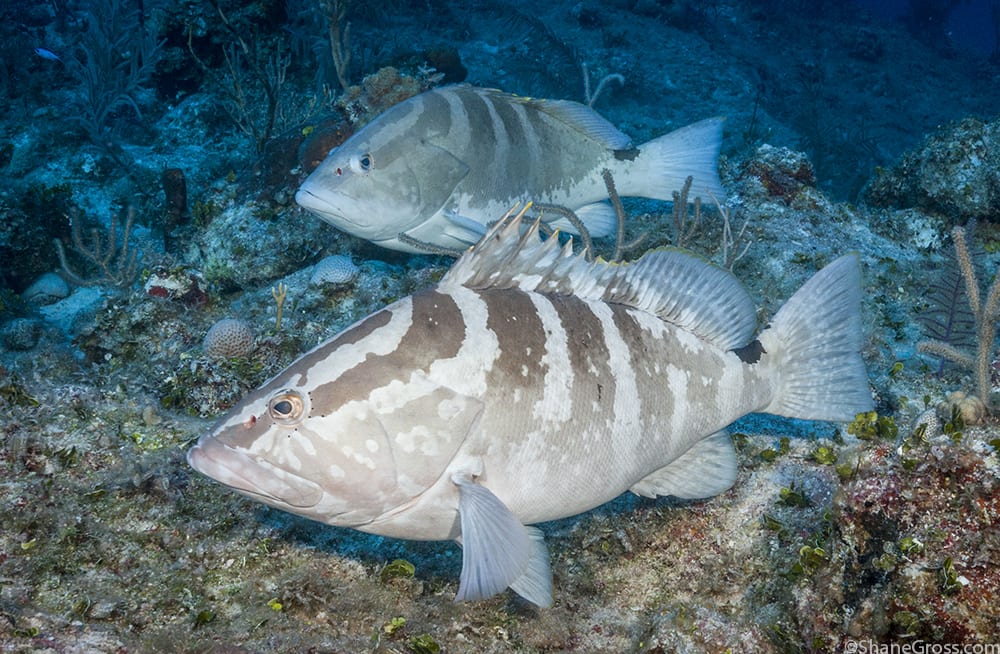
Two Nassau grouper rest during the daylight hours off Long Island, Bahamas. At sunset the grouper will spawn. The fish in the foreground shows the normal barred pattern while the fish in the background shows a color phase known as white-belly (photo by Shane Gross).
What’s next?
Restoring the Nassau grouper population is only half the battle. Diversity matters too, particularly when it comes to rebuilding and maintaining healthy and resilient fish stocks.
That’s why scientists at the Perry Institute for Marine Science are tagging and tracking Nassau grouper. Their goals are to uncover more active FSAs, as well as map the genetic differences in this species throughout The Bahamas. So far, the research team has discovered three distinct genetic clusters of Nassau grouper in the country.
Specifically, Exuma and Long Island Nassau grouper populations are genetically distinct from the rest of The Bahamas. Protecting these stocks and their respective FSAs from overfishing continues to be a major priority for PIMS and its conservation and scientific partners.
Seasonal closures protect spawning adults during this critical phase of their life cycle. This is why the Nassau Grouper “Closed Season” takes place from Dec. 1 to Feb. 28 in The Bahamas every year. Not only does the “Closed Season” make it illegal to buy, sell, or fish Nassau grouper during the spawning season, it ensures Bahamians can eat their cultural favourites including stew/boil fish and Johnny Cake for years to come!
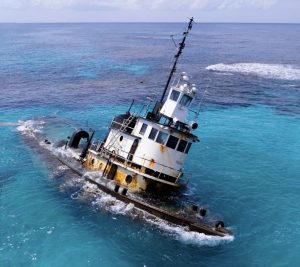
A Year Later, Stranded Tug and Barge Still Scars Reef in Fowl Cays National Park–Residents Demand Accountability
A haunting aerial view of the grounded tug and barge in Fowl Cays National Park—still embedded in coral a year later, a stark reminder of the cost of inaction. Photo
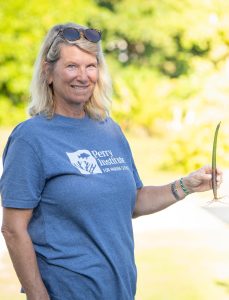
Women Leading Mangrove Restoration in The Bahamas
Have you ever wondered who’s behind the scenes saving our environment, right in our own backyard? Picture a group of energetic, determined women rolling up their sleeves and diving into
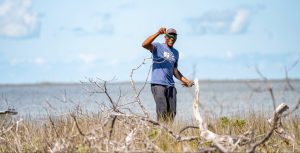
Rewilding the Marls of Abaco: PIMS Plants 100,000 Mangroves and Counting in 2024
As the afternoon sun bathes the Marls of Abaco in golden light, Bahamian boat captain Willis Levarity–locally known as “Captain to the Stars”–stands ankle-deep in soft, warm mud. A broad
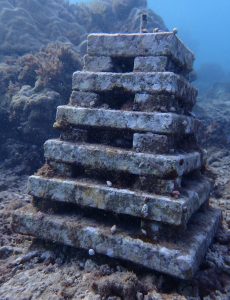
Unveiling Coral Reef Biodiversity: Insights from ARMS Monitoring Structures
An ARM teeming with new coral recruits and a diversity of marine life, highlighting reef recovery and biodiversity Understanding Coral Reef Biodiversity Most new PhDs in the natural sciences move

7 Key Takeaways from COP16: Confronting Coral Reef Challenges in a Changing Climate
United #ForCoral: Experts, advocates, and leaders from across the globe join forces at COP16 for the #ForCoral conference, hosted by the International Coral Reef Initiative. Together, they’re driving urgent action
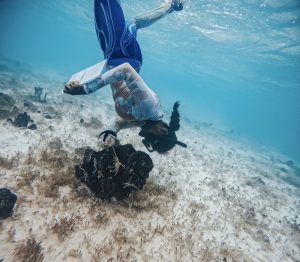
Fieldwork Wrap-Up: Strengthening MPA Management in The Bahamas
Marine protected areas (MPAs) are critical tools in the conservation of marine species and habitats, safeguarding reefs, seagrasses, and mangroves that provide vital ecosystem services to coastal communities. At the



